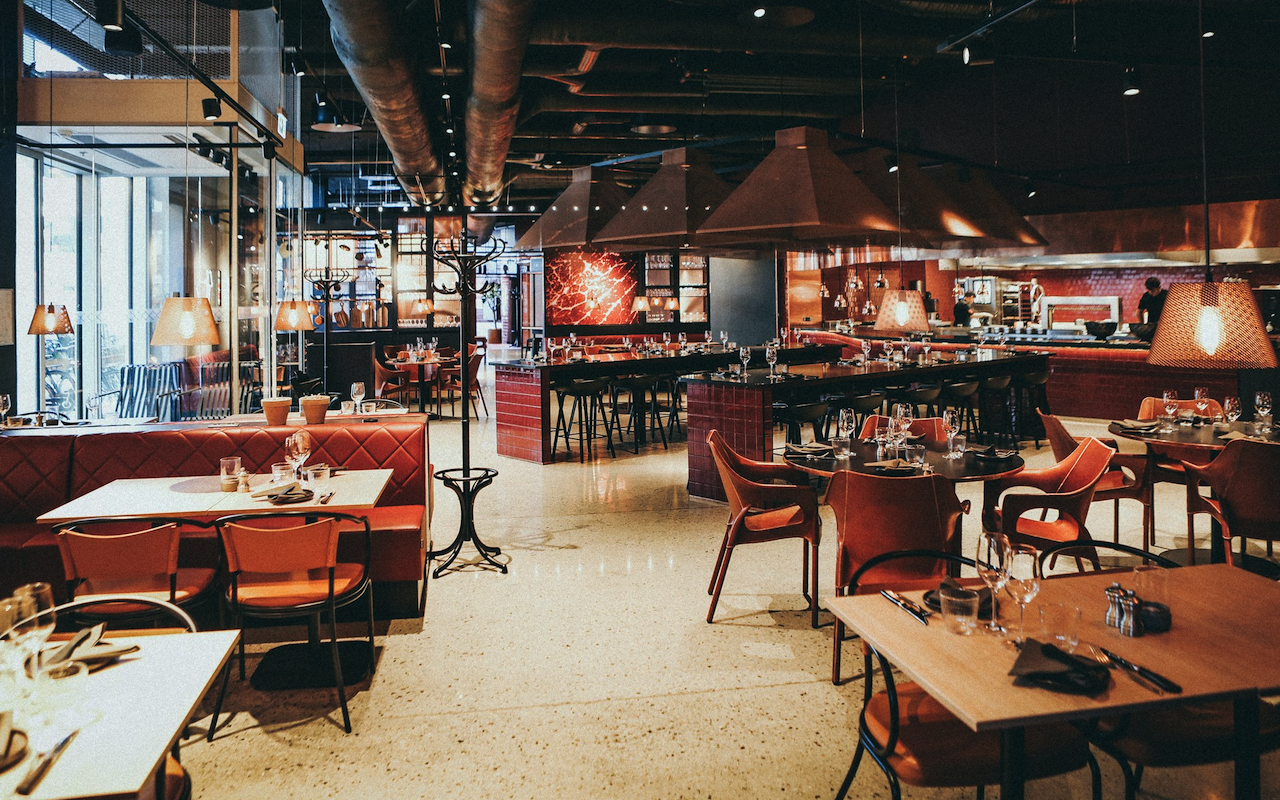
Technology has revolutionized nearly every industry, and the restaurant world is no exception. From streamlining operations to enhancing customer experience, modern tech solutions are changing how restaurants run and grow. As we move deeper into 2025, staying ahead of the curve with these innovations is key to remaining competitive in an increasingly digital dining landscape. This article explores the latest restaurant technology trends shaping the industry and how they can help restaurant owners and operators elevate their businesses.
1. AI-Powered Ordering and Personalization
Artificial Intelligence (AI) is at the forefront of restaurant innovation. AI-powered chatbots and voice assistants now manage customer inquiries, take orders, and even recommend dishes based on customer preferences. Personalized upselling through AI increases order values while improving the customer journey.
Machine learning algorithms analyze customer behavior to offer customized promotions, send reminders, and optimize menu offerings. Restaurants leveraging AI tools can build stronger relationships with customers through tailored experiences.
2. Contactless Dining and QR Code Menus
The post-pandemic era has solidified contactless dining as a lasting preference. Restaurants are embracing digital menus accessible via QR codes, which allow customers to view menus, place orders, and make payments using their smartphones. This reduces wait times and increases table turnover.
Some restaurants are even offering table-side ordering tablets, allowing guests to reorder drinks or dishes without needing staff intervention. These technologies enhance hygiene, speed, and convenience.
3. Smart Kitchen Technology
Back-of-house operations are getting a tech upgrade as well. Smart kitchen appliances, including IoT-connected ovens, grills, and refrigerators, help chefs monitor cooking times, temperatures, and energy usage in real-time. These tools increase consistency and reduce waste.
Inventory management is also getting smarter. Systems now automatically track ingredient levels, send low-stock alerts, and even auto-order supplies from vendors.
4. POS Systems: The Digital Nerve Center
No modern restaurant can thrive without a robust Point-of-Sale (POS) system. POS technology has evolved from simple cash registers to powerful cloud-based platforms that manage every aspect of restaurant operations.
A POS solution like Gloria Food POS system is a standout solution for restaurants seeking an all-in-one platform. It offers:
- Seamless integration with online ordering
- Table and delivery management
- Real-time sales reporting
- Staff management tools
- Intuitive dashboard and setup
With s POS system, restaurants can process orders more accurately, manage inventory efficiently, and track customer trends to make data-driven decisions. It’s an essential tool for any restaurant looking to modernize its operations.
5. Online Presence and Website Optimization
In the digital age, your website is often the first point of contact for customers. A sleek, mobile-optimized website helps build trust, attract diners, and drive online reservations or orders.
Using a restaurant website builder makes it easy to design a professional website without needing coding skills. These builders offer templates tailored for restaurants, allowing you to:
- Showcase your menu with photos and descriptions
- Accept reservations and orders directly
- Display business hours and contact info
- Integrate with review platforms and social media
An optimized website ensures that customers find the information they need quickly and enjoy a seamless experience.
6. Digital Payment Solutions and Mobile Wallets
Cashless payments are no longer optional. Customers expect to pay with cards, mobile wallets, and even cryptocurrencies in some cases. Restaurants are adopting secure, contactless payment solutions that integrate with their POS systems and improve checkout speed.
Loyalty programs are also going digital, with mobile apps offering points, rewards, and exclusive deals. This keeps customers engaged and encourages repeat visits.
7. Virtual Restaurants and Ghost Kitchens
A growing number of restaurants are going virtual. Ghost kitchens (delivery-only kitchens) enable restaurateurs to operate multiple brands from a single location with lower overhead costs. These kitchens rely heavily on digital tools for order management, logistics, and delivery coordination.
Paired with online marketing and food delivery apps, ghost kitchens offer a low-risk way to test new concepts or expand reach without investing in a full-scale dining space.
8. Sustainability Through Tech
Sustainability remains a major focus in 2025. Restaurants are using tech to reduce their environmental impact by monitoring energy use, managing food waste, and sourcing ingredients more sustainably.
Apps that track carbon footprints, AI that optimizes ingredient usage, and smart packaging solutions are all helping restaurants become more eco-conscious while appealing to environmentally aware consumers.
Featured Image by Unsplash.
Share this post
Leave a comment
All comments are moderated. Spammy and bot submitted comments are deleted. Please submit the comments that are helpful to others, and we'll approve your comments. A comment that includes outbound link will only be approved if the content is relevant to the topic, and has some value to our readers.

Comments (0)
No comment